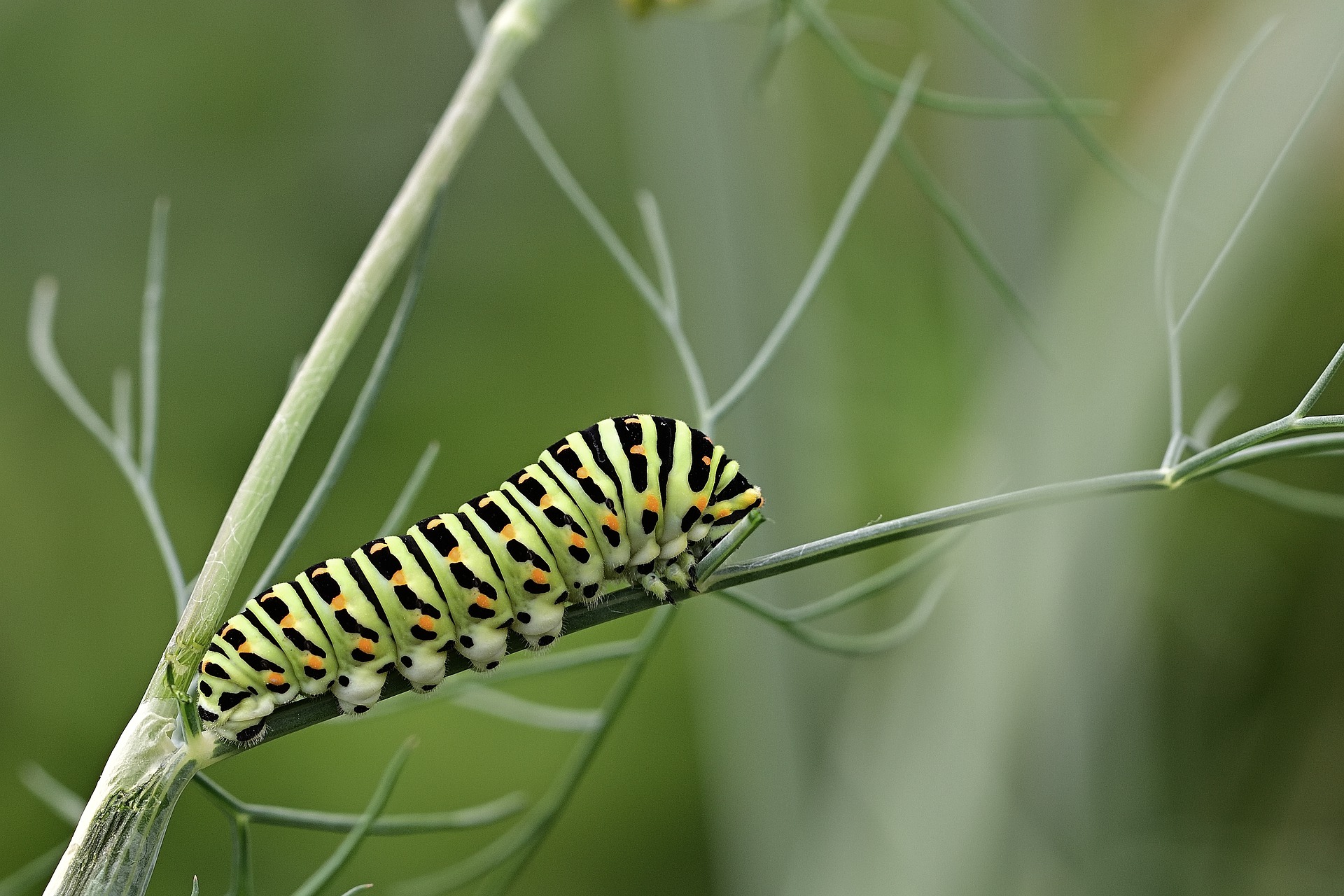Can Saving the Planet Start in Our Own Backyard?
“We now know that restoring flourishing landscapes is critical not only to preventing further biodiversity loss, but is also critical to reversing global warming and addressing climate change. This project has the possibility of engaging millions of ordinary citizens in useful and meaningful action by providing an understandable opportunity to make a difference.”
Saving the planet’s a tall order. Here’s what you and I can do about it today.
Turning our yards into vegetable and butterfly gardens may not seem like a big deal. But it’s a first step toward undoing the damage that modern civilization has inflicted on the soil, the water, and the air that surrounds us.
It’s hard to recognize just how profound or how pervasive this damage is because we’ve been conditioned to see it as “normal.” We drive around on impervious asphalt streets, mow our chemically-treated lawns, rake and have trucks pick up our fallen leaves, and accept that the majority of our foodstuffs come from “conventional” agriculture. This all needs to change.
What’s obvious, when you think about it, is that our immediate surroundings are hardscapes or monocultures that do not support a sufficient diversity of life-forms to constitute a self-regenerating system; they require constant input from us, whether in the form of chemical fertilizers or of asphalt and concrete, to maintain our environments the unnatural way they are.
And as we begin regenerating our immediate environment we start to see the bigger picture: it’s not enough to create tiny oases in a landscape that no longer supports abundant life—we need to restore the Earth’s vitality at a bioregional level, one ecosystem and one watershed at a time. As more of us begin to recognize this and join groups and networks that are working on healing the planet, we are creating a movement—a movement that, as permaculture teaches us, can restore the primordial fertility and productivity of the Earth. It begins with seeing that we are not separate from nature and that parts of the human environment that we have built are toxic to the planet.
Architect John Picard has stated unequivocally that “our buildings are killing us.” Actually, what’s killing us is the entire humanmade physical infrastructure that we’ve imposed on the land without incorporating what it needs to stay healthy.
The Earth, as we know it, is more than a mere ball of rock. It’s part of a living system; for some, it is a living system, and at the very least is the matrix from which all life springs. By “saving the planet” I truly mean healing the Earth, undoing the damage. It’s about a lot more than climate change, though carbon pollution is an important part of it. But the immediate threat to Gaia and to humanity may have more to do with the loss of biodiversity, the accelerating extinction of species that are integral to the web of life we depend on.
If we are to slow down and reverse the rate of loss, we need to restore the landscape around us to one that perpetuates life rather than harming it. What we currently are doing, in the city, the suburbs, and the countryside, is damaging our shared habitat, whether through negligent disregard or mere ignorance of the consequences of paving over the land (in the city), covering it with lawns (in the suburbs), and of tilling and monocropping our farmland. What we today call “the insect apocalypse” is really what Rachel Carson warned us of in Silent Spring. It may no longer be DDT, but our use of pesticides, herbicides, and chemical fertilizers has diminished the insect population by 75% or more during the last 50 years.
It’s not enough to set aside some remote areas for “conservation.” To provide a sustainable level of biodiversity according to current assessments we would need to conserve a third-to-a-half of all land and ocean areas. That’s not something that can happen “somewhere else.”
Restoring a majority of our backyard ecosystems—which includes enhancing their vitality, productivity, and value to us, their human inhabitants—is critical to re-establishing the balance of our society with nature, and having the Earth system as a whole flourish. It may not avert the worst consequences of climate change, which are now almost certainly unavoidable (unless we find a way to refreeze the Arctic, and even that may not be enough), but it is a step to undoing the damage we have done to the Earth through our supposed domination of it.
If you want to learn more about this initiative and join us in the movement to transform our immediate surroundings, you can download our White Paper. Connect with us, via Facebook, Youtube, or LinkedIn; or follow us on Twitter.
And stay tuned, because this is just the first of many posts on “nature-based solutions for everything.” We’ll be posting here, and on PossibleRochester.org, GreenEconomyNJ.org, CRCSolutions.org, and elsewhere.

